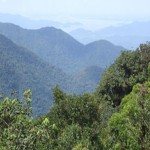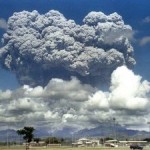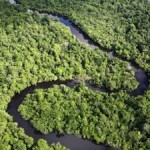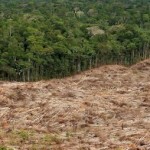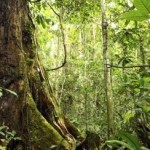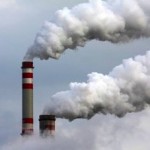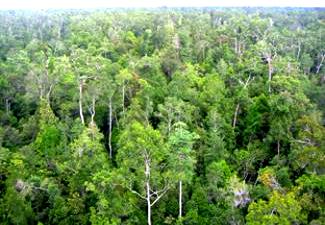
Rising temperatures, influenced by natural events such as El Niño, have a corresponding increase in the release of carbon dioxide from tropical forest ecosystems, according to a new study.
The study, published in the journal Proceedings of the National Academy of Sciences, found that a temperature anomaly of just 1ºC (in near surface air temperatures in the tropics) leads to a 3.5-Petagram (billion tonnes of carbon) anomaly in the annual CO2 growth rate, on average. This is the equivalent of 1/3 of the annual global emissions from the combustion of fossil fuels and deforestation together.
Importantly, the NASA Earth Exchange (NEX) study results provide scientists with a new diagnostic tool to understand the global carbon cycle as it undergoes major changes due to the influences of human activities.
NASA study co-author, CSIRO‘s Dr. Pep Canadell, said that the study’s 50-year analysis centered on temperature and rainfall patterns during El Niño years, when temperatures increase in tropical regions and rainfall decreases. An accompanying analysis assessed the effects of volcanic eruptions, which lead to decreased temperatures due to volcanic aerosols in the atmosphere.
“Our study indicates that carbon exchanges in tropical ecosystems are extremely sensitive to temperature, and they respond with the release of emissions when warmer temperatures occur.”
“Many processes involved in this response are the same as what is known as the carbon-climate feedback, which it is thought will lead to an acceleration of carbon emissions from vegetation and soils and into the atmosphere under future climate change.”
“The observed temperature changes are more important than changes in rainfall in influencing concentration of atmospheric CO2.”
“Warming is the one thing that we know with most certainty will occur under climate change in the tropics, but there are still large uncertainties about the future precipitation in tropical regions,” says Dr. Canadell, who is also Executive Director of the Canberra-based Global Carbon Project.
“What we have is a strong and robust coupling between seasonal variations in atmospheric CO2 growth and tropical temperatures over the past 50 years and this provides us with a key diagnostic tool to assist in our understanding of the global carbon cycle,” he said.
The team, led by Dr. Weile Wang, analyzed widely available data on atmospheric carbon dioxide concentration and global air temperature between 1959 and 2011.
“What we learned is that in spite of droughts, floods, volcano eruptions, El Niño and other events, the Earth system has been remarkably consistent in regulating the inter-annual variations in atmospheric carbon dioxide levels,” said Dr. Weile Wang, lead author of the paper.
The team used the NEX platform to analyze outputs from several global dynamic vegetation models to understand the mechanisms underlying the persistent coupling and the role of tropical ecosystems in the observed coupling.
What they found was, unlike in other parts of the planet, year-to-year changes in temperature over the tropics act in concert on both photosynthesis (absorption of carbon dioxide) and respiration (release of carbon dioxide), the two important mechanisms that naturally regulate year-to-year changes in atmospheric carbon dioxide concentrations.
“For example, a rise in temperature over the tropical regions results in a decline in photosynthesis as well as an increase in carbon losses through respiration, amplifying the temperature effect on carbon cycling,” says Rama Nemani, Principal scientist for the NEX project.
The study highlights the importance of long-term observations of temperature and carbon dioxide, simple yet crucial, for improving our understanding of the Earth system.
The study was supported by NASA’s Earth Exchange project, the Australian Climate Change Science Program, and the Global Carbon Project.
Check the following link to read/download the Full Study – “Variations in Atmospheric CO2 Growth Rates Coupled with Tropical Temperature”:
http://www.pnas.org/content/early/2013/07/17/1219683110.abstract
Source: CSIRO.

